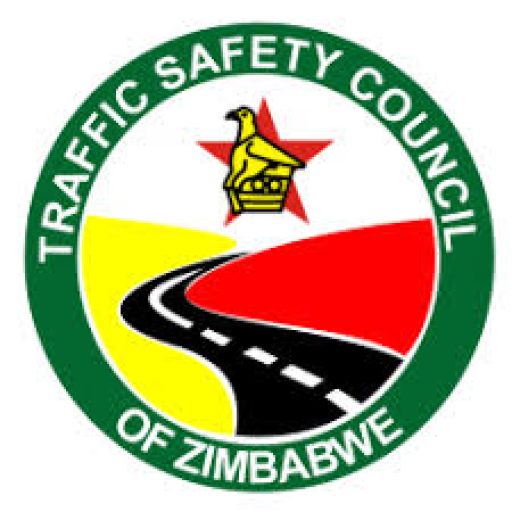As
the rainy season approaches, it is important to think about road safety.
Driving during the rainy season can be challenging, especially for novice
drivers. Heavy rainfall can reduce visibility, create slick roads, and increase
the risk of accidents. Safe
driving in the rain is crucial to ensuring the safety of all road users,
including drivers, passengers, and pedestrians.
To stay safe, here are some tips for driving during the rainy season:
v Slow
down: Wet roads are very dangerous, so you always need to be cautious in wet
weather. One of the most important tips is to slow down while driving in the
rain. The wet roads increase the chance of skidding, so you must reduce your
speed depending on the intensity of rain. Hydroplaning most often occurs when
vehicles are driving too fast, so slowing down is important. You should not
only adhere to the required speed limit when driving in wet weather conditions
but also drive significantly slower than normal.
v Use
headlights: Another important thing you should not forget is to turn on your
lights. Headlights are quite important when you are driving in the rain. They
not only help you see the road ahead but also make your car visible to other
drivers.
v Maintain
a safe following distance: It takes longer to stop the vehicle on wet roads, so
you must maintain a safe distance from the other vehicles on the road. Ideally,
you should always leave a three- to four-second gap between your vehicle and
the vehicle in front of you, and you should increase this to at least five
seconds when it is raining. Not only does this give you more time to stop or
adjust if necessary, but it also prevents reduced visibility caused by the
spray from other vehicles.
v Check
your brakes: Before the rainy season, it is important to get your brakes
checked. Faulty brakes can be dangerous during the rains and can cause
accidents. Make sure that the
brake pads still have enough friction material and the brake discs’ thickness
still complies with the manufacturer’s specifications. Use your brakes as
little as possible, taking special care to avoid hard braking if you can.
Always slow down, give others room, and take your foot off the accelerator fast
enough so that you would not have to slam on the brakes.
v Avoid
standing water: Avoid driving through standing water because sometimes it is
difficult to judge the depth of water, and it can cause severe damage to the
engine if it is deep. Driving
through standing water can also cause hydroplaning to occur. To avoid
hydroplaning, drive around places where water has collected by changing lanes
or safely steering around such areas.
v Watch
out for pedestrians: Pedestrians also face difficulties during the rainy season,
so it is important to watch out for them while driving.
When rain hits, many pedestrians tend to rush to their
destination which may make them less observant and more likely to take risks
while crossing the road. Also take care not to splash pedestrians. Watch out for puddles along the roadway
where they may be walking parallel to you as you drive. You should be extra
cautious of what is going on around you when driving in the rain.
v Do
not use cruise control: Cruise control may be very useful when you are driving
on dry roads. However, when activated during wet conditions, it can lead to
accidents. In fact, using cruise control can be dangerous during the rains as
it can lead to loss of control of the vehicle.
v Be
alert: Always be alert while driving in the rain, as visibility can be poor,
and there can be unexpected hazards on the road. Keep windshield wipers in good
condition: Always ensure that the windshield wipers are in good condition
before the rainy season, as they are important for maintaining visibility.
v Pull
over if necessary: Do not be reluctant to pull over to the side of the road if
you do not feel comfortable driving. If you cannot see the sides of the road,
the vehicles in front of you, or your surroundings at a safe distance, pull
over. To pull over safely, turn on your signal, check your mirror and blind
spots, pull over as far as possible to the side of the road, and turn on your
hazard warning lights.
Navigating
the challenges of the rainy season requires more than just adapting to the
rhythm of the rain; it demands a proactive approach to road safety.
Unfortunately, the blend of nature’s unpredictability and our daily routines
can sometimes lead to overlooked dangers. By arming ourselves with these basic
tips, we ensure our safety and that of other road users. As the rain paints our
country anew, let us ensure that every drop brings refreshment and joy rather
than concern. Stay safe, stay informed, and let the rain be a blessing, not a
hindrance.
Inserted
by TSCZ, Operations Research and Marketing Section
Readers
can contact TSCZ on the following email: research@trafficsafety.co.zw



